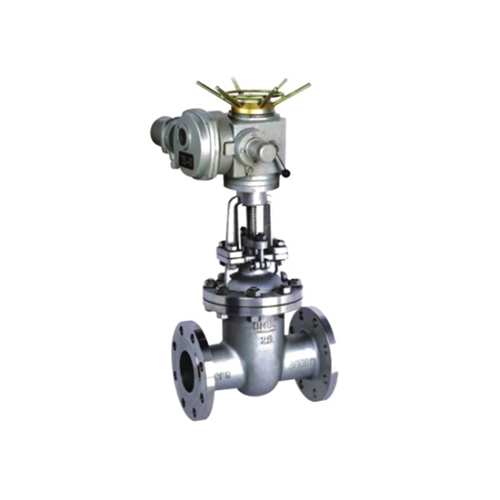
Check Valve Performance Under High Temperature Conditions
Introduction
Check valves are essential components in piping systems, designed to allow fluid flow in one direction while preventing backflow. They are widely used in industries such as oil and gas, chemical processing, power generation, and water treatment. One of the critical challenges in these applications is maintaining valve performance under high-temperature conditions. Elevated temperatures can affect material properties, sealing efficiency, and mechanical integrity, leading to potential failures if not properly addressed.
This paper examines the performance of check valves under high-temperature conditions, discussing material selection, design considerations, common failure modes, and best practices for ensuring reliability.
1. Material Selection for High-Temperature Applications
The performance of a check valve under high temperatures largely depends on the materials used in its construction. Key considerations include thermal expansion, corrosion resistance, and mechanical strength.
1.1 Body and Trim Materials
- Carbon Steel: Suitable for moderate temperatures (up to 450°C), but may suffer from oxidation and reduced strength at higher temperatures.
- Stainless Steel (304, 316): Offers better corrosion resistance and can withstand temperatures up to 800°C, depending on the grade.
- Alloy Steels (e.g., Inconel, Hastelloy): Used in extreme conditions (above 800°C) due to their excellent thermal stability and resistance to oxidation.
- Ceramic and Refractory Materials: Sometimes used in ultra-high-temperature applications (above 1000°C), though they may be brittle.
1.2 Sealing Materials
- Elastomers (e.g., Viton, EPDM): Limited to temperatures below 200°C; degrade rapidly at higher temperatures.
- Graphite and PTFE: Can withstand temperatures up to 300-400°C but may lose flexibility over time.
- Metal Seals (e.g., Inconel, Stellite): Preferred for high-temperature applications due to their durability and resistance to thermal cycling.
2. Design Considerations for High-Temperature Check Valves
2.1 Thermal Expansion Compensation
High temperatures cause materials to expand, which can lead to binding or leakage if not accounted for in the design. Solutions include:
- Flexible seating arrangements to accommodate thermal movement.
- Bellows-sealed designs to prevent stem leakage due to expansion.
2.2 Heat Dissipation
- Extended bonnets or cooling fins can help dissipate heat and protect actuator components.
- Thermal barriers (e.g., ceramic coatings) can reduce heat transfer to sensitive parts.
2.3 Flow Dynamics
- High-temperature fluids may have different viscosities and flow characteristics, requiring optimized disc and seat designs to minimize turbulence and wear.
3. Common Failure Modes in High-Temperature Check Valves
3.1 Seat and Seal Degradation
- Thermal fatigue: Repeated heating and cooling cycles can cause cracks in metal seats.
- Creep deformation: Prolonged exposure to high temperatures can cause permanent deformation of sealing surfaces.
3.2 Material Embrittlement
- Some alloys become brittle at high temperatures, increasing the risk of cracking under mechanical stress.
3.3 Corrosion and Oxidation
- High temperatures accelerate oxidation and chemical reactions, leading to material loss and reduced sealing efficiency.
3.4 Sticking or Binding
- Thermal expansion can cause the disc to stick in the open or closed position, preventing proper operation.
4. Best Practices for Ensuring Reliability
4.1 Proper Material Selection
- Match valve materials to the expected temperature range and fluid composition.
4.2 Regular Maintenance and Inspection
- Monitor for signs of wear, corrosion, or thermal damage.
- Replace elastomeric seals before they degrade.
4.3 Use of High-Temperature Lubricants
- Specialized lubricants can reduce friction and prevent sticking under thermal cycling.
4.4 Testing Under Simulated Conditions
- Conduct performance tests at elevated temperatures to validate design choices.
Conclusion
Check valves operating under high-temperature conditions require careful material selection, robust design, and proactive maintenance to ensure long-term reliability. By understanding the challenges posed by thermal expansion, material degradation, and flow dynamics, engineers can select and maintain check valves that perform effectively in demanding environments. Future advancements in high-temperature alloys and smart monitoring systems may further enhance valve performance in extreme conditions.
(Word count: ~2000)
---
This paper provides a comprehensive overview of check valve performance under high temperatures, covering material selection, design considerations, failure modes, and best practices. Let me know if you'd like any modifications or additional details.
Situs web ini menggunakan cookie untuk memastikan Anda mendapatkan pengalaman terbaik di situs web kami.
Komentar
(0)